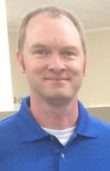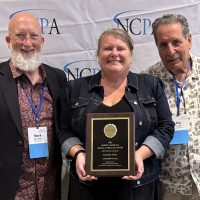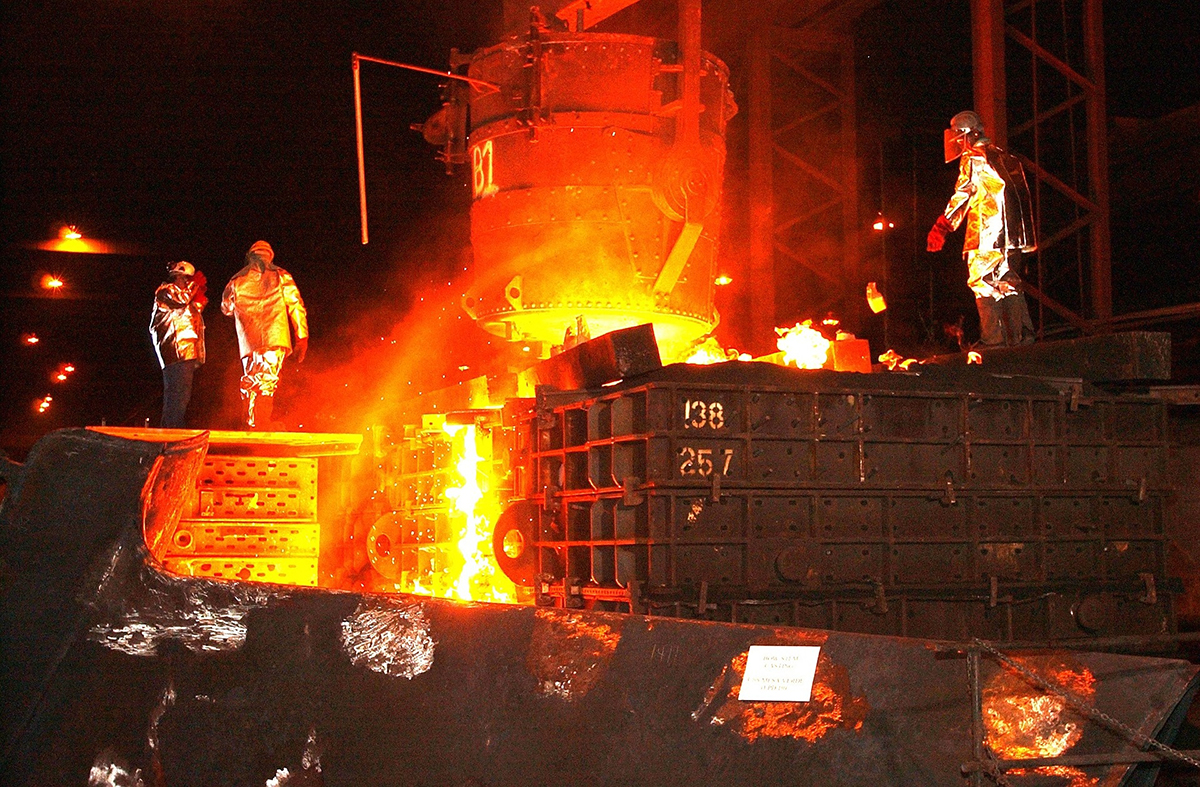
VARNAMTOWN – Shellfish waters in a Brunswick County river popular for oystering and clamming have been closed indefinitely.
The North Carolina Division of Marine Fisheries, or DMF, recently announced the closure of 255 shellfish acres in Lockwood Folly River after water sample tests show fecal coliform bacteria levels exceed the national standards for safe shellfish harvest.
Supporter Spotlight
This latest closure, following one in 2017, covers about 3,759 acres of the river’s 4,417-acre growing area, which includes portions of the Atlantic Intracoastal Waterway and inlet.
“Most of the river proper is closed in the Lockwood Folly River,” said Shannon Jenkins, DMF’s Shellfish Sanitation and Recreational Water Quality Section chief. “We continue to sample and will continue to sample in the hopes that conditions will change.”

A majority of shellfish waters in the nearly 14-mile tidal river are classified as conditionally approved closed, which means growing areas cannot be harvested throughout the year.
“We can reopen those temporarily in conditions when it’s really dry,” Jenkins said.
The 255 acres recently reclassified were designated conditionally approved open, a classification that means they’re closed only temporarily following heavy rainfall of one inch or greater.
Supporter Spotlight
The state has five classifications, including approved, restricted and prohibited.
DMF’s March 15 announcement includes the closure of more than 2,800 acres of shellfish waters throughout the state. A majority of those waters have been classified as conditionally approved closed.
Closures are based on the results of the last 30 water samples taken from each growing area each year.
DMF typically re-evaluates sanitary survey reports a minimum of every three years.
“But we can look at doing that earlier if conditions change,” Jenkins said. “The industry down there is obviously interested in getting this back open in the future.”
The closure will not immediately impact Mike Fulford’s shellfish market in Varnamtown because oyster season wraps up at month’s end. The same can’t be said for those in the clamming business, he said.
“Now that’s a lot of area not to go clamming on in the summer,” Fulford said. “My understanding is that as long as we have some decent weather it’ll open back up. If they don’t open it back up by October then it will have a significant effect on us.”
When the river’s shellfish waters are open, Carson Varnam’s Shellfish Market typically receives about 250 to 300 bushels of oysters a week, Fulford said. About 200 bushels come from Lockwood Folly River.

When the river’s shellfish waters are closed, local shellfishers have to travel to areas north to harvest from waters around areas like Wrightsville Beach and Topsail Island, he said.
“It affects the number of oysters we get because you have some who aren’t willing to go over there,” Fulford said.
When the state closed the river in 2017, a “blindsided” Fulford reached out to the North Carolina Coastal Federation for advice.
In 2006, the federation began the process of creating a restoration plan for Lockwood Folly River.
The restoration plan identified how much stormwater runoff would need to be diverted from the river to reduce pollution and ways to manage runoff.
The plan encouraged simple stormwater runoff collection techniques such as installing rain gardens, rain barrels, landscaping with native plants, trees and shrubs, redirecting downspouts away from driveways and other impervious surfaces to slow the flow of runoff, and picking up pet waste.
Since 2009 the federation has partnered with Brunswick County, the North Carolina Department of Transportation and Oak Island to complete a variety of projects designed to reduce the volume of runoff flowing into Lockwood Folly River.
Jenkins attributes the high level of fecal coliform bacteria pollution to an unusually large amount of rainfall over the past five years.
“We’re hoping that a more normal climate pattern will be upon us in the coming years,” he said.
Tracy Skrabal, a coastal scientist and manager of the federation’s Southeast Regional Office in Wrightsville Beach, said that more rain is not necessarily the problem.

“We know how to reduce the volume of polluted stormwater, but it has to be embraced not in a random one, or two, or three projects a year,” Skrabal said.
Skrabal points to the success of one project the federation headed in 2017 in Oak Island, where a series of street swales were modified to divert runoff from flowing directly into the Intracoastal Waterway.
“That’s the kind of thing that is very reproducible,” she said. “By incorporating these types of measures, by disconnecting these types of stormwater runoff sources, it really is valuable whether you’re in a low rain period or high rain period. They need to be embraced by the folks who live there and by those who govern those areas. I don’t think it’s a situation where we’re helpless. We have the technology.”
Assistant Brunswick County Manager Steve Stone said most of the subdivisions in the river’s watershed have been built since the state created coastal stormwater rules and are deemed to be in compliance with state regulations.

“We have encouraged and embraced low-impact development (LID) and have a LID guidance manual,” Stone said. “It’s a preferred strategy, but not required by ordinance. It has been adopted by some developers in that watershed and others watersheds in the county. But, still, as you change the natural hydrology, it certainly creates opportunities for more sediment and bacteria. The truth is, if you take a wooded area and you simply remove the trees, you still have increased runoff rates.”
Stone said the county could offer incentives to developers to incorporate stormwater runoff reduction measures via additional density credits, a concept that’s been discussed.
“The county is open to new ideas that could assist in improving water quality and, indeed, maintaining the quality of our surface waters has been one of the things our county commissioners have consistently included in our annual objectives,” he said.
Fulford said he hopes action is taken to reduce the volume of runoff in not only Lockwood Folly River, but all rivers that have viable bottom on which shellfish and other marine life depend.
“We all know what the problem is,” he said. “The problem is runoff. It’s really something that should be addressed. It’s just going to get worse.”







